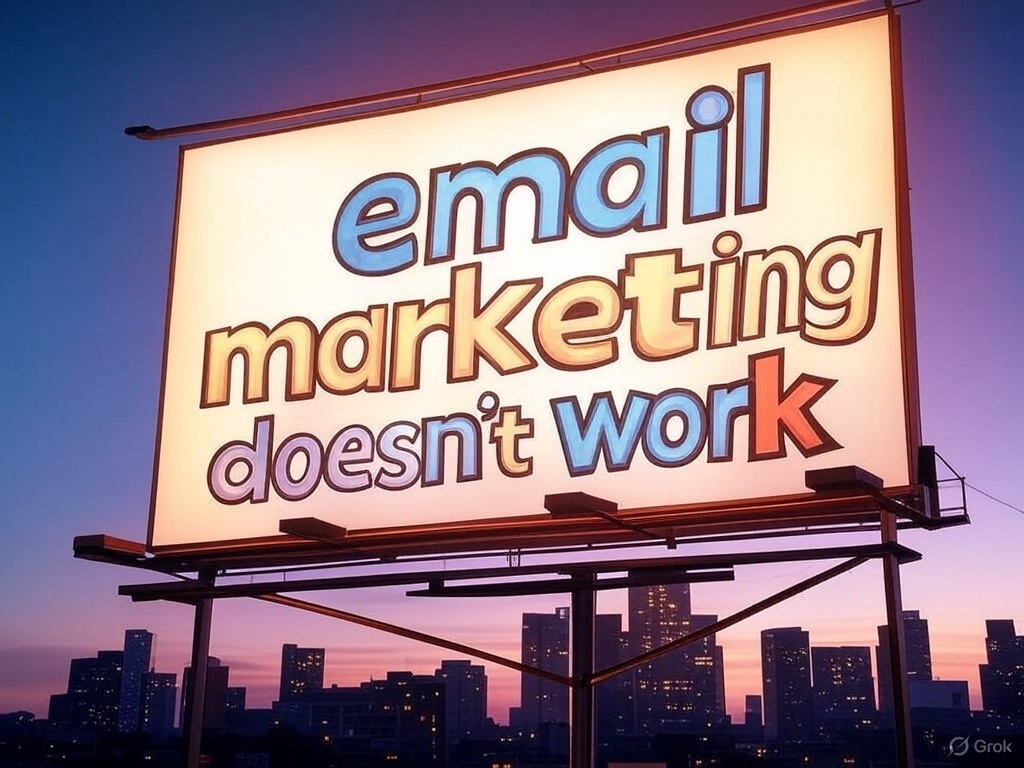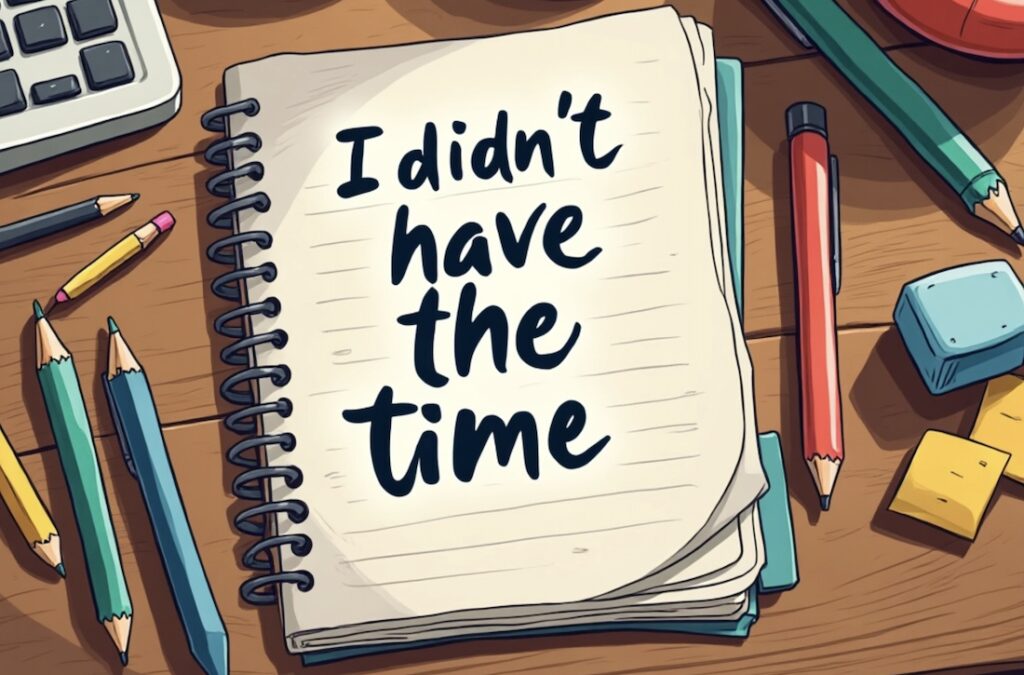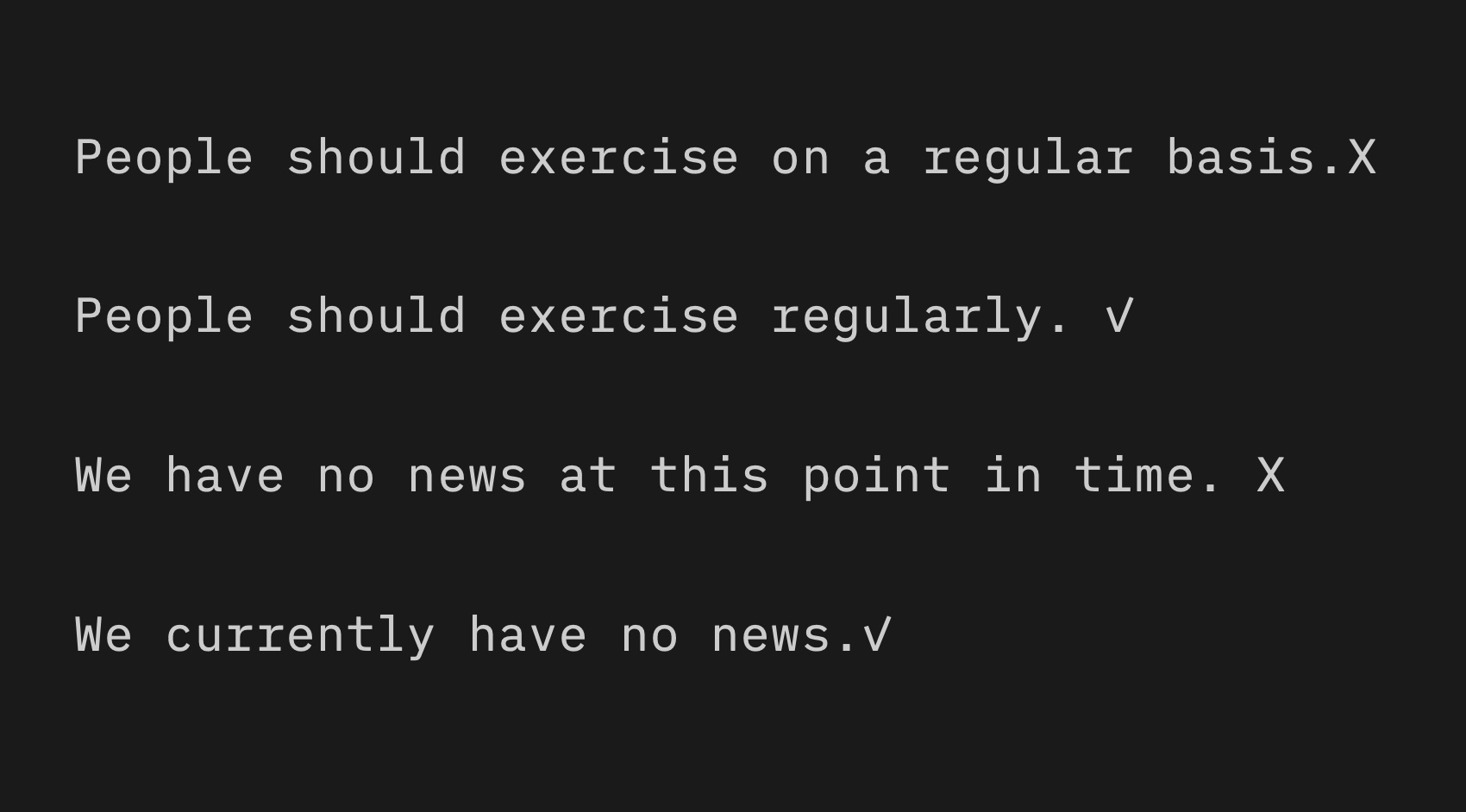
When it comes to making sales or getting clients, deadlines are extremely effective. That’s because deadlines tap into one of the strongest motivators in business. The principle of scarcity.
Here’s what makes deadlines such a powerful marketing tool.
- They grab attention.
- They focus the mind.
- They create urgency.
Attention grabbing
It’s no wonder deadlines grab our attention. People hate to miss out. The fear of missing out, or FOMO, is activated the moment we see a deadline attached to something we have an interest in. FOMO grabs a prospect’s attention in a way that isn’t possible, when you don’t attach a deadline to your offer.
Focused
Our mind is then immediately focused on the actual date or time of the deadline. We start to work out the amount of time between now, and the cut-off point. Within reason, the shorter the deadline, the greater the motivation. However, too short a deadline will actually result in fewer sales/enquiries. There’s a balance required. For example, when marketing an event, 1 month is usually too short. But for a flash sale, 48 hours is often too long.
Urgent
The deadline presents us with a limited amount of time to make our decision. This sense of urgency will immediately inspire some people to take rapid action. Others will find the urgency grow and grow as the deadline approaches. Either way, the deadline creates a level of urgency that just isn’t there, when the prospect thinks they have all the time in the world.
So, look for opportunities to add a deadline date or time to your marketing. Then see how all that increased attention, focus and urgency improves your response rates.
Photo by Justin Veenema




















